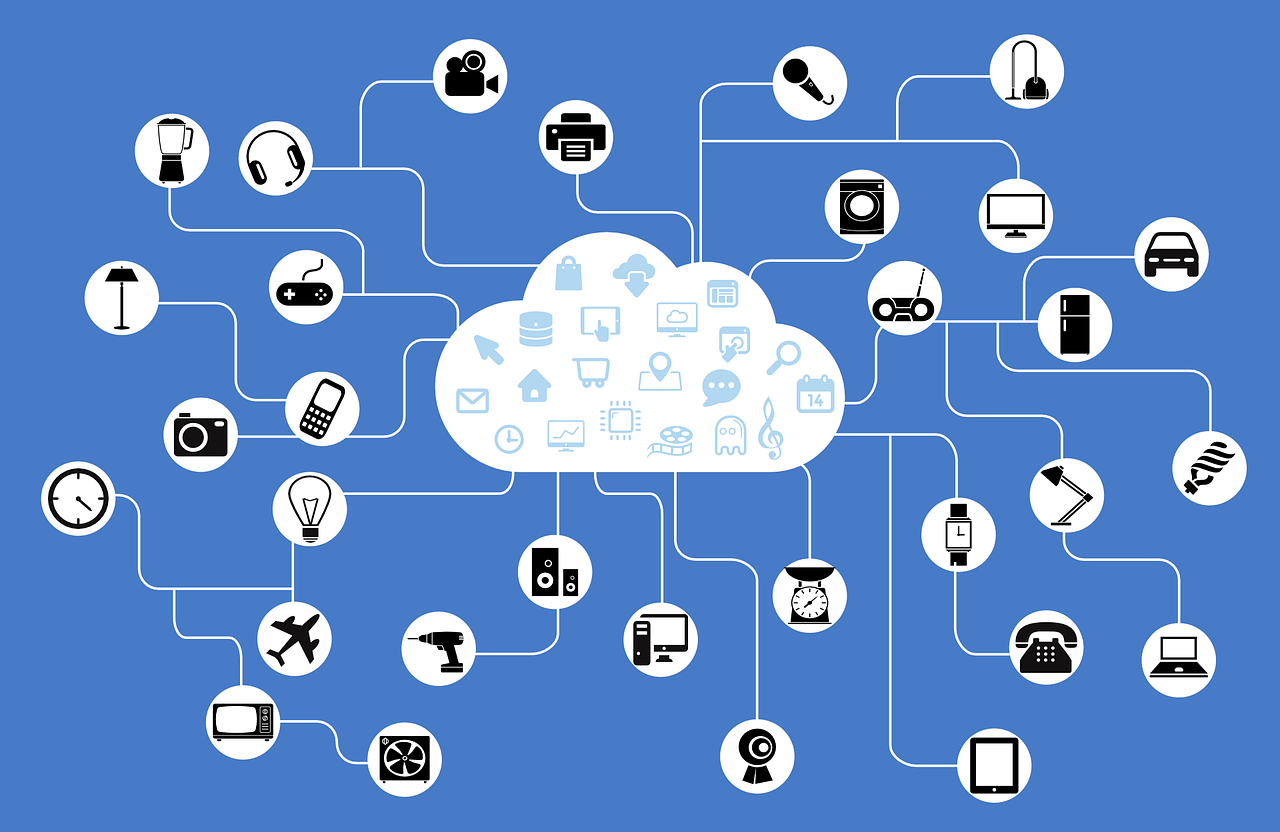In the rapidly evolving landscape of the Internet of Things (IoT), IoT gateways play a pivotal role. These devices serve as a bridge between IoT devices and the cloud, enabling seamless communication and data exchange.
In this detailed guide, we’ll delve into the concept of IoT gateways and provide a comprehensive outline on how to develop them.
Whether you’re a tech enthusiast or a developer, this article will equip you with the knowledge you need to navigate the world of IoT gateway development.
What is IoT Gateway?
An IoT gateway acts as a translator and mediator between IoT devices and the cloud. It serves as a communication hub, allowing devices with different protocols and formats to interact with each other and transmit data to the cloud for analysis and storage. This enables efficient data collection, real-time monitoring, and remote control of IoT devices.
How to Develop IoT Gateway:
1. Understanding the Components of an IoT Gateway:
To develop a robust IoT gateway, you need a clear understanding of its components. These include processors, memory, communication interfaces (such as Wi-Fi, Bluetooth, and Ethernet), security mechanisms, and software platforms.
2. Selecting the Right Hardware:
Choose hardware components that align with your IoT gateway’s intended use case. Consider factors such as processing power, memory capacity, and connectivity options. Opt for components that support scalability and future upgrades.
3. Choosing the Operating System:
Select an operating system that provides the necessary features for your IoT gateway. Linux-based distributions are commonly used due to their flexibility, open-source nature, and extensive community support.
4. Designing the Communication Interface:
The communication interface is crucial for data exchange between IoT devices and the cloud. Implement protocols like MQTT or CoAP for efficient and secure communication. Ensure compatibility with various devices and platforms.
5. Implementing Security Measures:
Security is paramount in IoT solutions. Incorporate encryption, authentication, and authorization mechanisms to safeguard data and prevent unauthorized access. Regularly update security protocols to address emerging threats.
6. Developing Data Processing Logic:
The gateway processes data before transmitting it to the cloud. Implement data filtering, aggregation, and preprocessing to reduce bandwidth usage and enhance efficiency. Use edge computing techniques for real-time analytics.
7. Cloud Integration:
Integrate your IoT gateway with cloud platforms like AWS, Azure, or Google Cloud. This enables seamless data transfer, storage, and analysis. Leverage cloud services for scalability and insights generation.
8. Remote Management and Monitoring:
Facilitate remote management of IoT devices through the gateway. Develop a user-friendly interface for device configuration, firmware updates, and diagnostics. Enable real-time monitoring to identify issues promptly.
9. Power Management:
Efficient power management is essential for IoT gateways deployed in various environments. Implement sleep modes, power optimization algorithms, and energy-efficient hardware to prolong battery life.
10. Testing and Quality Assurance:
Thoroughly test the IoT gateway before deployment. Conduct functional, performance, and security testing to ensure reliable and robust operation. Address any issues identified during testing.
11. Deployment and Maintenance:
Deploy the IoT gateway in the intended environment. Provide documentation for installation and troubleshooting. Regularly update firmware and software to enhance functionality and security.
FAQs (Frequently Asked Questions):
Q: What is the main purpose of an IoT gateway?
An IoT gateway serves as a bridge between IoT devices and the cloud, enabling seamless communication, data collection, and remote control.
Q: Are IoT gateways essential for all IoT projects?
IoT gateways are crucial for projects involving multiple devices with different protocols, as they enable interoperability and efficient data transmission.
Q: Can I develop my own IoT gateway software?
Yes, you can develop custom software for your IoT gateway. However, it requires expertise in areas like hardware integration, communication protocols, and security.
Q: What are some common security challenges in IoT gateway development?
Security challenges include data encryption, device authentication, preventing unauthorized access, and addressing potential vulnerabilities in the gateway’s software and hardware.
Q: How does an IoT gateway contribute to data privacy?
An IoT gateway can encrypt data before transmitting it to the cloud, ensuring that sensitive information remains secure during communication.
Q: What future trends can impact IoT gateway development?
Emerging trends include edge AI integration, 5G connectivity, and enhanced edge computing capabilities, which can lead to more powerful and efficient IoT gateways.
Conclusion:
The world of IoT is expanding rapidly, and IoT gateways are at the heart of this evolution. Understanding What is IoT Gateway and mastering the art of IoT Gateway development opens doors to countless possibilities. By following the outlined steps and considering the FAQs, you’re well-equipped to embark on your journey of developing efficient and secure IoT gateways. Stay curious, keep learning, and contribute to the exciting realm of IoT innovation.





